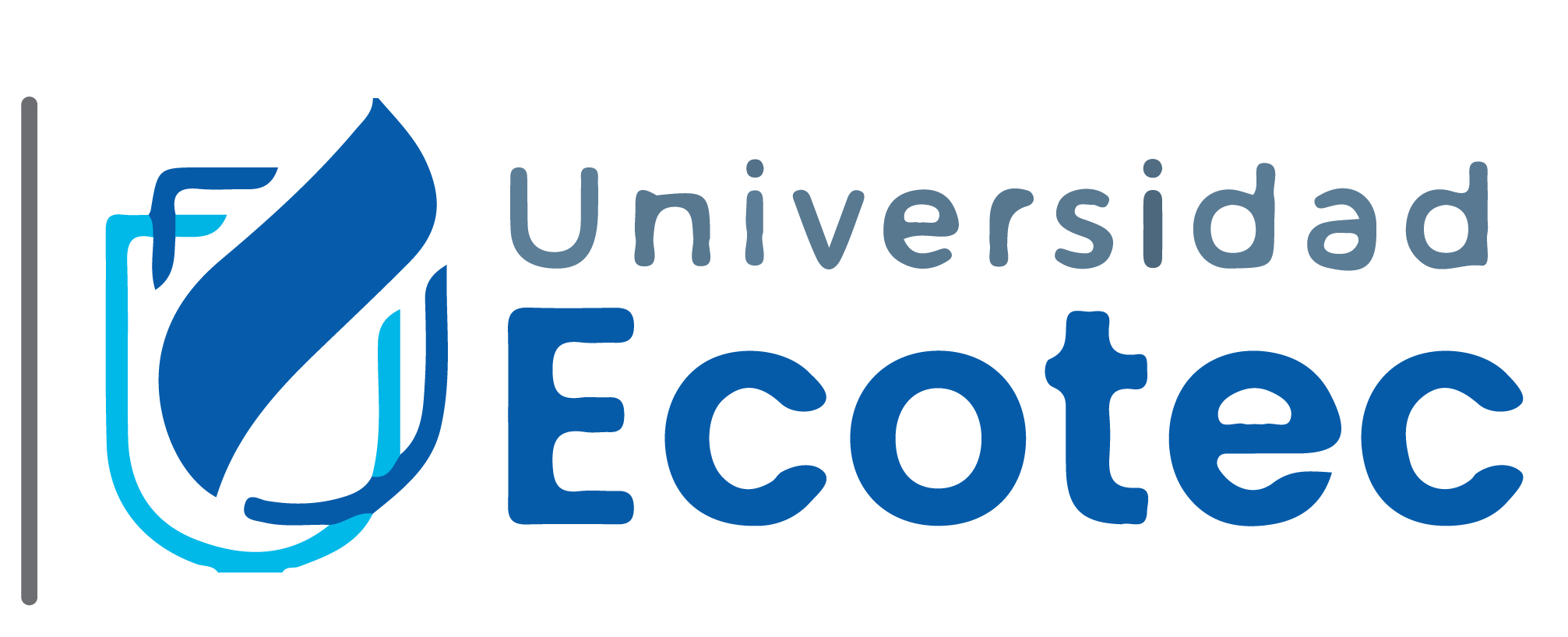Artículo
Review microalgae drying: A comprehensive exploration from conventional air drying to microwave drying methods
Resumen
0
Autores | Muñoz-Estrada, Gloria Katty (57939356900); Chumpitaz Caycho, Hugo Eladio (57760187800); Barja-Ore, John (58071600700); Valverde-Espinoza, Natalia (57222604748); Verde-Vargas, Liliana (57940384500); Mayta-Tovalino, Frank (57188805534) |
Título | Bibliometric analysis of the world scientific production on the flipped classroom in medical education; [Análisis bibliométrico de la producción científica mundial sobre el aula invertida en la educación médica] |
Año | 2022 |
DOI | 10.1016/j.edumed.2022.100758 |
Fuente | https://www.scopus.com/inward/record.uri?eid=2-s2.0-85140481164&doi=10.1016%2fj.edumed.2022.100758&partnerID=40&md5=a48701a1aeb18af16d1a9035df97daa0 |
Afiliaciones | Escuela de Posgrado, Unversidad Cesar Vallejo, Lima, Peru; Dirección de Investigación, Innovación y Responsabilidad Social, Universidad Privada del Norte, Lima, Peru; Dirección de Investigación, Universidad Continental, Huancayo, Peru; Departamento Académico, Facultad de Ciencias Empresariales, Universidad Nacional de Educación «Enrique Guzmán y Valle», Lima, Peru; Escuela de Medicina, Facultad de Ciencias de la Salud, Universidad Científica del Sur, Lima, Peru |
Tipo de acceso abierto | All Open Access; Gold Open Access |
Referencia | Scopus |
Artículo obtenido de: | Scopus |



